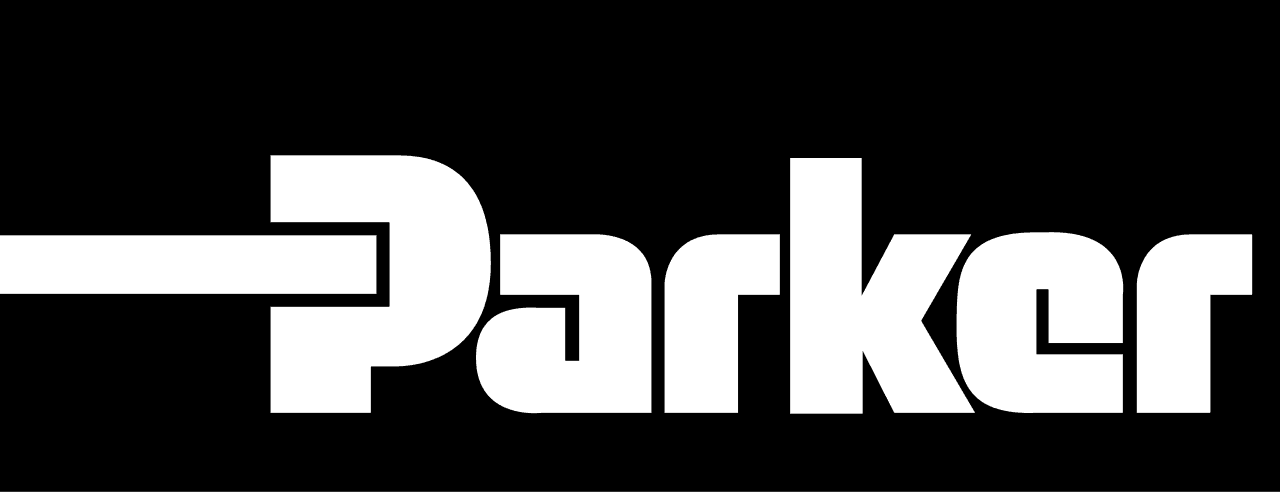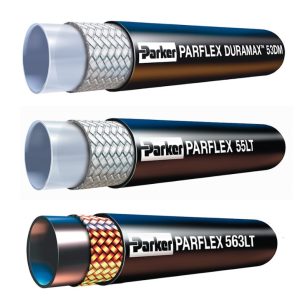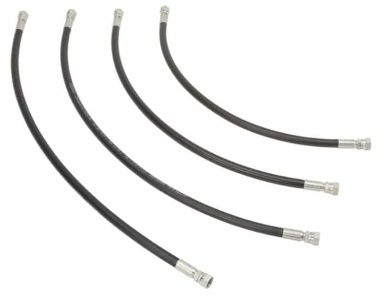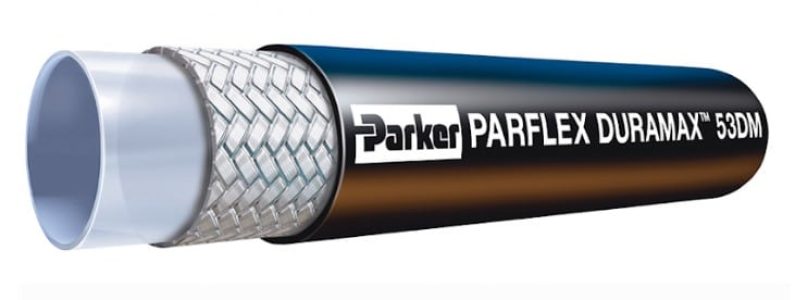Parflex TOUGHJACKET Over-the-Sheave Hose

Product Overview
Parflex Over-the-Sheave Hoses are meticulously crafted to endure the rigorous demands of large-scale, heavy-duty applications characterized by continuous flexing. These hoses are engineered to withstand the challenges posed by operations involving sheaves, such as those encountered in fork lifts, booms, aerial lifts, cranes, and tree delimbers. One of the primary causes of hose failure identified by our customers is the shifting of materials during transit, leading to contact with the mast and hydraulic hoses. By installing hoses with superior abrasion resistance, such as Parflex TOUGHJACKET™ hoses, operators can mitigate this issue and significantly extend hose lifespan.
Parflex TOUGHJACKET™ hoses feature specially formulated polyurethane jackets developed by Parker, surpassing industry standards for abrasion resistance and durability by an astonishing 650 times compared to standard rubber hoses. For applications requiring low temperatures, the 563LT Low Temperature Hose offers exceptional performance with working temperatures as low as -70°F (-57°C). Moreover, these hoses exhibit minimal change in length characteristics, with sizes -6 and -8 boasting an impressive +/-1% change, ensuring reliability and consistency in operation.
Features and Benefits
Light weight: 30% – 70% weight reduction
Abrasion resistant: Tough, outer jacket
Compact O.D.: 10% – 30% reduction for
easier routing; Lower force to flex
Clean core tube
Resistant to pin hole leaks
Resistant to erosion
Low length change under pressure
Noise reduction
Low permeation
Wide chemical compatibility
Long lengths: Up to 1,000 feet
Bonded hoses: Reduce tangling and abrasion,
up to 11 lines
Specifications (S.T.A.M.P.)
The S.T.A.M.P acronym is an industry-wide standard that should begin every conversation when replacing an existing hose, or selecting a hose for a new application. The easy to remember acronym stands for Size, Temperature, Application, Material/Media, Pressure. Learn more about S.T.A.M.P. in our Technical Guide: The Hose Selection Process and take a look at the specifications for the Parker Parflex Over-the-Sheave Hoses. Of note, these are the broadest specification ranges for the Over-the-Sheave Hose from Parflex. For more specific measurements based on the hose needed for your unique application, contact our Customer Care Team.
Sizes: 3/16″ to 3/4″
Temperature: -40°F to +250°F
Applications: fork lifts, booms, aerial lifts, cranes, and tree delimbers
Media: Hydraulic fluid
Pressure: 1,250-5,000 psi
Videos
More information From Parker
Interested in learning more? Contact a Cross team member today to discuss your application and see how we can help your operation!



